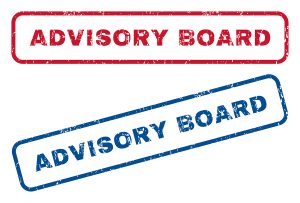

A community advisory board can be a viable alternative to engaging the community, particularly when a public agency wants (or needs) input from the public over an extended period of time. To get the ball rolling, the sponsoring agency announces the opportunity to serve on a panel that will meet regularly to provide input or even advice to a decision maker. Then, members of the panel are selected to represent all primary perspectives that the decision-maker hopes to hear from.
A community advisory board works best when the decision-maker really needs to hear from a variety of perspectives. While some segments of the community may willingly provide input, other segments may fail to participate for a myriad of reasons. If other mechanisms fail to bring the diversity of public opinions to bear on decisions to be made, the invitation to serve on a community panel may be the solution that ensures even participation from all walks of life and all segments of the community.
Community advisory boards can produce better results than other available techniques when topics are complex. Hosting a town hall may work for topics that everyone has an opinion about, but advisory boards can really shine when citizens need to do some homework to develop a well-informed opinion. After applying for and being accepted as members, participants are typically expected to spend time reviewing background materials and talking together to find what they agree about.
Sometimes a community has become entrenched, with lines drawn in the sand, and the decision-maker literally has nowhere to turn without offending a segment of the public. A community advisory board can help resolve those apparently no-win situations. By taking the time to talk together, to deliberate in the context of a respectful dialogue, a community advisory board can develop agreement around solutions to challenges that no one imagined beforehand.
Because of their long-term role, community advisory groups can serve a decision-maker for many years. Their commitment over time means they gradually learn more and develop more nuanced understanding of the agency’s work, the challenges faced, and the complications involved in making the public happy with agency decisions. Their advice can become invaluable over time.
If all else has failed, consider convening a community advisory group. Call it whatever you want, but ask for a long-term commitment, invite a diversity of perspectives to participate, and challenge the members to work together. At their best, such groups can help public agencies understand the complexity of perspectives held within the community and find enduring solutions to social challenges.
Author: Wendy Lowe
